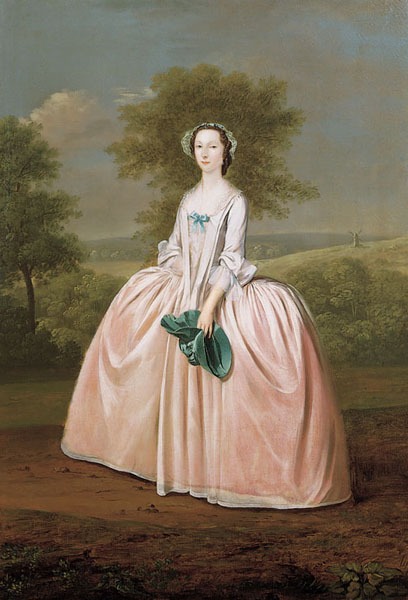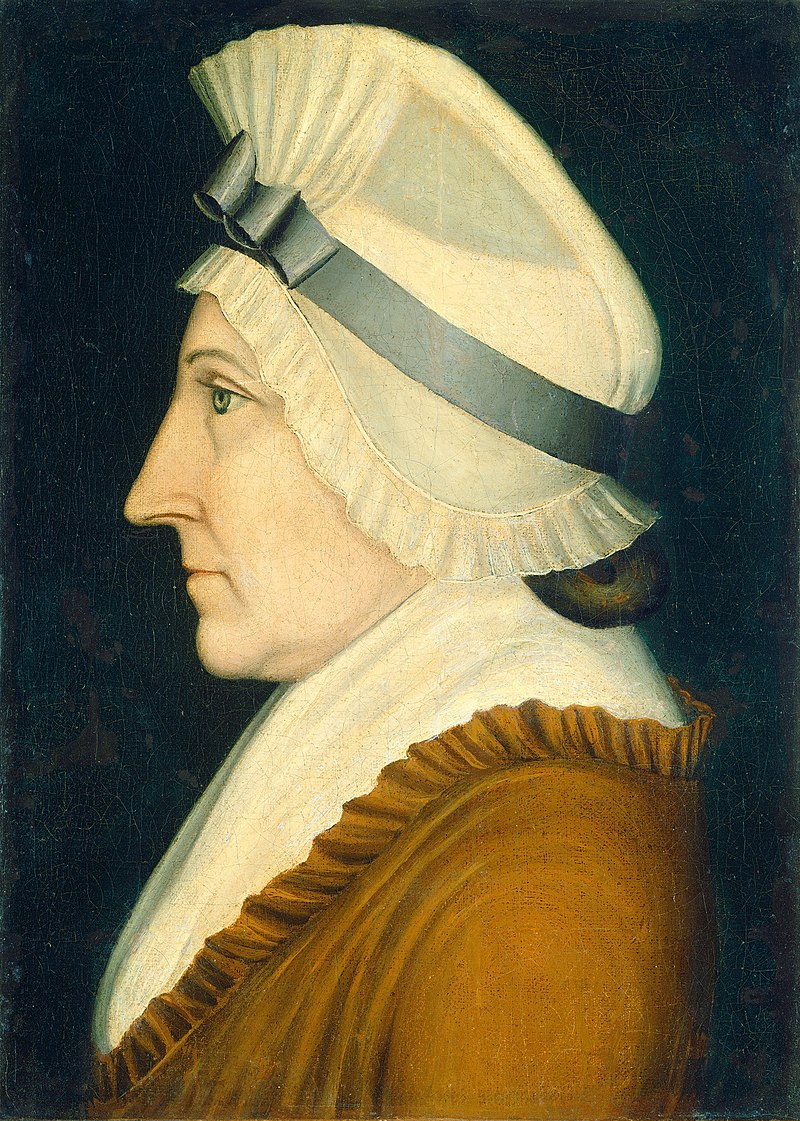Technological advancements that we achieve to this day probably owe some credit to the invention of the steamboats in the late 18th century. Steamboats gradually overtook the position of the most indispensable form of energy that drove the economy of the developed countries to new heights.
The great industrial revolution also could not have happened if it were not for steamboats. Invention and application of steam power to the means of transport back then that was water, opened new pathways to change the lifestyle of the people forever.
The Steamboat Era
This era typically changed the way trades were carried out around the world by replacing steam with water as the primary power source. It was more propelling and powerful than water and posited numerous new avenues for the industries to grow. Scotsman James Watt, in 1769, patented the steam technology, which was further applied to modify the means of transportation.
It was way before any other forms of transport, such as trains or automobiles, were introduced. Steam power utilized in water transport was the only thing that connected the world and kept the trade going. However, this was too slow as the travel speed depended on the manpower and water current.
The invention of the steamboat came as a blessing for the world. It completely changed the outlook of how trade and transportation were carried out around the globe. Steam-powered boats traveled at an incredible speed of up to more than five miles per hour, which was considered very fast during those times.
Cultural Impacts of Steamboat Era on Various Forms of Attires
As with any other form of cultural or economic change, the invention of steamboats and their usage to up the transportation processes also impacted people’s lives. Fashion is one of the essential things that adapt quickly to various social or economic changes. The same happened in the steamboat era. The styles and attires took a turn as the mindset shifted from a slow-paced lifestyle to a more fast-paced one with diverse technological inventions in the pipeline.
Fashion during the Steamboat Era
Overview
The main emphasis of the women’s clothing style and attire carried on the legacy of the previous times. The conical-shaped clothing styles highlighting the torso did not change a lot. However, the styling of the skirts kept changing and modifying during the steamboat era.
Panniers, which were a part of the women’s undergarments, used to hold the skirts out from both sides did not continue during this time. They disappeared entirely by the 1780s from all the informal attires. Formal skirts and dresses still used panniers but were rare. Women considered wearing hip pads for formal court functions and used these to enhance their flowy dresses and skirts.
Another vital aspect of glamorous inspiration during the steamboat era is the fashion sense and style of Marie Antoinette. Marie Antoinette was the last Queen of France before all changed and the French revolution kicked in. She was a rebel by nature, which was what reflected precisely in her fashion etiquettes and styling during the steamboat era. She shunned the formal court life and adapted the common style.
Because of her, the vast line of difference between the noblewomen and peasant girls started to decline. Marie Antoinette shunned the panniers, corsets, and silky robes as formal clothing. She introduced the white muslin chemise in the everyday life of noblewomen that further became a huge trend.
Women’s Gowns
The popular style of the time included a steep-neck gown draped over the petticoat. It was also known as a robe in French, and it usually had an opening in the front to show the petticoat. The robes used to have lacy corners or hooks that kept them together in the front while the petticoat peeped through the slit.
What went out of the window from the previous decade during this time was the sack-back gown. This gown was stitched with back pleats that clung onto the neckline. It was worn as a stylish court fashion. Gowns became more fitted, with back pleats continuing to make the gowns look more ruffled.
At-home wear included short gowns (also known as bed gowns). These were wrapped in the front, made with a light and comfortable printed cotton fabric, and worn with petticoats. This at-home informal clothing style eventually became quite trendy and was further adopted by the British and American working women. However, for modesty reasons, women used to drape a handkerchief around the neckline to hide the low-cut.
About Jacket and Redingotes
A vogue trend of the working class fashion also gained popularity during this era; the rise of jackets and redingotes. Basically, this included a jacket and petticoat made with a delicate fabric. Caraco was a combination of a bodice and a stylish jacket that gained popularity during the 1790s. It had elbow-length sleeves that were fitted tightly.
In the case of the common riding habit during the steamboat era, a custom-made jacket was worn, borrowing some cuts and designs from men’s coats. It was coupled with a high neck shirt, a large hat, a petticoat, and a waistcoat. Due to difficulty wearing and carrying the dress around while riding, the jacket and waistcoat were sewn together with the petticoat.
Men’s Fashion
During the steamboat era, most of the inspiration for the men’s stylish attire came from England. Young men were noticeable in frock coats, riding boots, and jockey hats. It was the typical Englishman attire that had spread throughout France. The obsession to be dressed like English countrymen was real.
The embroidered waistcoats and laced coats became obsolete, which were a significant part of a Frenchmen style. Even with all the English inspo, the Frenchmen preferred bold and lively patterned clothing compared to subdued ones.
Shoes and Accessories
During the late 18th century, stylish footwear revolved around curved heels sewn out of leather or other fabric. Shoe buckles were the hottest accessories around that time. Years later, when the French Revolution ended, the high-heeled shoes were abandoned altogether with the buckles from the aristocratic fashion.
Hair Styling
Another notable aspect in defining the glamorous attire of the late 18th century is the various types of hairstyles and headgear. The late 1770s were known for extreme hairstyles, including various giant-sized wigs. Hairstyling was usually done with decorative objects having engravings that reflected something.
Nevertheless, large hats pushed such hairstyles and ornaments out of fashion. Mob caps were commonly worn indoors, while the flat ones with broad rims and low crowns were used as outdoor wear. These hats were used with ribbons to reflect rustic styles.
Hair powder was introduced during the late 18th century, which replaced the Baroque hairstyles consisting of ornaments and large hairdos. Women started to pin up their hair and let the curls fall naturally. The common fashionable look was to powder the hair grey or white. The aristocratic fashion defined the glamorous attires back in the steamboat era; thus, jewelry with pearls or gold-touch was the standard of formal court attire.
Conclusion
Though the steamboat era was not a huge turning point for the fashion that later came and diminished the line between peasants and aristocrats, it was still the beginning of an era. The line between the rich and the working class could be noticed by their attires. Aristocrats of this era loved to show off their wealth and set themselves apart from the peasants.



